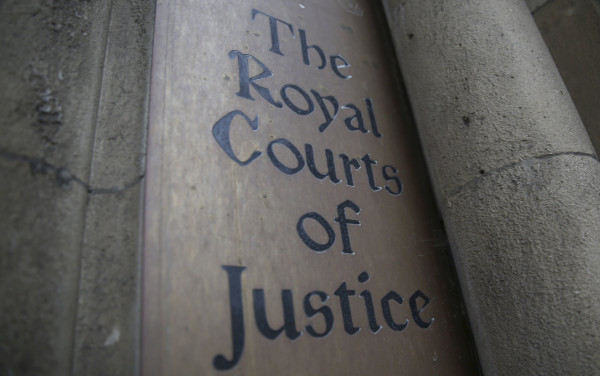

While the pandemic has caused the closure of court rooms, the Commercial Court is continuing to operate highly effectively in conducting remote hearings and trials.
Through trials on Skype and other platforms, the court is delivering hearings that are remarkably similar in feel to court hearings in physical court rooms.
Aspects of a remote trial can be even easier than live hearings: communicating among teams using chat messages or WhatsApp is speedier and more efficient than passing notes around and the use of electronic bundles feels quicker and easier than managing volumes of physical bundles.
However, the formality of the court hearing remains in the virtual court room.
The court usher assembles the parties’ barristers and checks the links are working properly before joining the judge into the hearing.
Other team members who are not speaking during the hearing can join using a link supplied by the court so they can see the judge and the barristers without being seen (and suited). The court is able to handle multiple barristers joining from different locations.
The court clerk controls the technology and the views, so normally an observer will see in one screen the judge – when the judge is speaking and then the barrister making submissions – rather than being able to see the judge and barristers in the same view at the same time.
Having a real-time transcript of the hearing is useful for the judge, who can be less easily able to take notes during the hearing due to managing an electronic trial bundle.
It also reassures other participants: the video of the hearing can freeze occasionally, the audio function generally does not.
Having a real time transcriber join the hearing to keep a live record can be reassuring that parts of the hearing cannot be missed in the event a technical hitch arises.
The courts can ensure that hearings remain public through making clear on the court’s daily cause list that members of the public can request a link to access a hearing, which the relevant court clerk can issue.
Alternatively, it may be possible to join a hearing through a link published on the daily cause list if the judge decides that is appropriate.
The court makes clear that recording the hearing is prohibited.
In order to prepare for a remote hearing, the court clerk will make clear which video conferencing platform the judge for the hearing wishes to use.
It is important for the smooth running of the hearing to ensure that the technology is working in advance and that relevant parties can access the court’s platform.
Next, making sure the court has an electronic bundle ideally where documents are hyperlinked from the index is important so that all parties can navigate through the documents from different locations.
Given documents cannot be handed up to the judge in the same way as during a physical hearing, having a well-managed electronic bundle is key.
A critical consideration will be to determine the messaging platforms through which the parties and their legal teams can communicate with each other during the hearing, given team members will all be in different locations.
While the courts will no doubt evolve their approach as the social distancing measures continue, the arrangements already in place are delivering effective hearings.
In some cases, a hearing by simple conference call will be the judge’s preferred method of communication, but where remote hearings are needed through video conferencing, the courts already have effective technology in place.
Andrew Tuson is a partner in the litigation and corporate risk department of Bryan CaveLeighton Paisner



